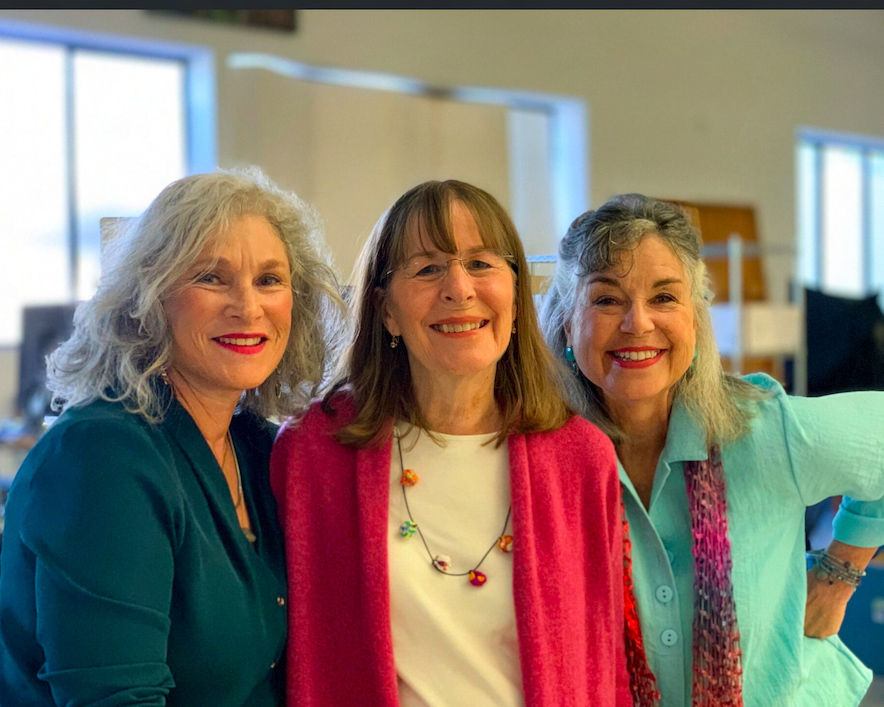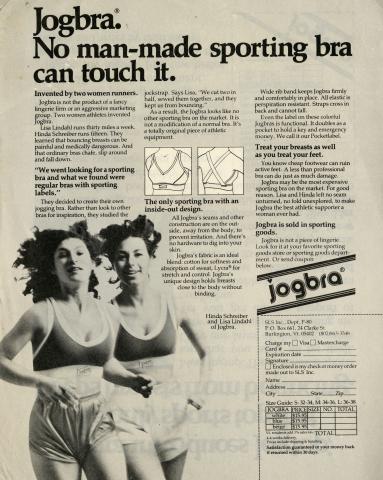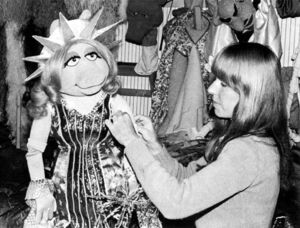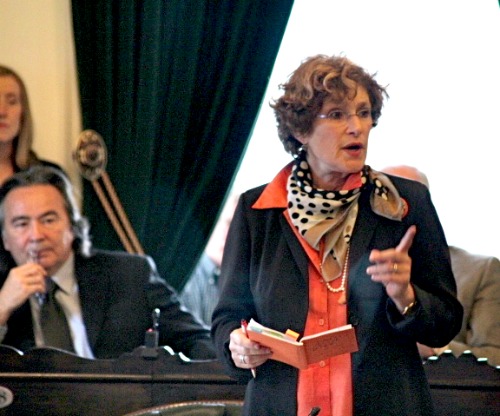Alex Manges: You both graduated from the Masters Program of the NYU Tisch Theater Design in the mid-19070s. Is that where you first met? And what drew you to the program?
Hinda Miller: Exactly yes that's where we met, although I don't think it was the School of the Arts when we went there. It was in the Lower East Side right beside a butcher shop – there was always blood running through the streets, and it was a very small little place. It wasn't the magnificent Tisch building that I know is there now.
I had a design background from Parsons, and I had done a tiny bit of theater, and wanted to find a way of translating design into community. That’s what initially drew me to the program.
Polly Smith: I went to a girl's country day school where we had to wear uniforms, but it was the beginning of the swinging 60’s. My mother didn't want to spend money on more clothes after buying my school uniforms, but she would always buy me fabric, so I became very focused on making things for myself.
I went off to art school and studied fashion design, and I learned a lot of skills that have carried me through to this day. In my senior year, I got an internship at Dartmouth College in their costume design shop. They were not co-ed yet, but they needed help sewing. It was there that I just fell in love with costumes - I love how much art and history you can bring into costuming, and how you can paint and rip and dye etc. It was just so much more “me” than fashion design.
From there, I took a job at the Guthrie Theater in Minneapolis, where I met Lowell Detweiler who had recently graduated from the NYU Theatre Design department. I saw his portfolio and just thought, “Wow - I want this. I want to be him.” So I applied to NYU.
I almost went to Yale, but it just wouldn’t have worked. Because it was being in New York, through New York connections, that got me to The Jim Henson Company. I shudder to think what would have happened if I hadn’t come to NYU.
AM: Where did the idea for the JogBra first come from?
HM: After graduation, Polly and I both got into the costume union. Polly went to Vermont to work at the Champlain Shakespeare Festival. I applied after her because I had an affinity for skiing outside of Burlington with my family.
PS: I got a summer job at the Champlain Shakespeare Festival, and Hinda tracked me down looking for a summer job.
HM: It all started with Polly’s best friend from childhood, Lisa Lindahl. Running was a big new thing, and Title IX had just passed, which was huge for women's sports. I was a runner, as was Lisa.
One day, Lisa’s sister called her up and said “why isn't there a bra for women runners?” And Lisa thought, “well that’s very interesting.”
PS: Lisa had the big boobs. She knew she needed something - so she came to me because I was her sewing friend. But Hinda was a jogger, and I wasn’t. So then we all started talking.
HM: I remember we began by going into a lingerie store, and we said “give us a bra for running,” and they said “I don't know what you're talking about.” So we bought two or three bras, and just started tearing them apart and putting them back together and taking notes. And nothing worked.
And then one night, Lisa’s husband pulled a jockstrap out of the laundry basket and said “Look - JockBra.”
So Polly put two jock straps together, I think Lisa might have drawn up the criteria, and we designed a prototype. Later, we changed the name to “JogBra” after finding that many women at the time didn’t like to consider themselves “jocks”.
PS: When Lisa’s husband put the jock strap on upside down, it was like - this could work!
So I came back to New York that fall, and at the time New York was still a big manufacturing city. But there was no Internet, so to find manufacturers and fabrics I was just flipping through the Yellow Pages! One day I stumbled into this place that was making cotton Lycra, which was a new fabric on the market. I got a sample yard of that, and some elastic from my college friend’s husband who worked in an elastic place, and kept making new prototypes to send up to Lisa in Burlington.




